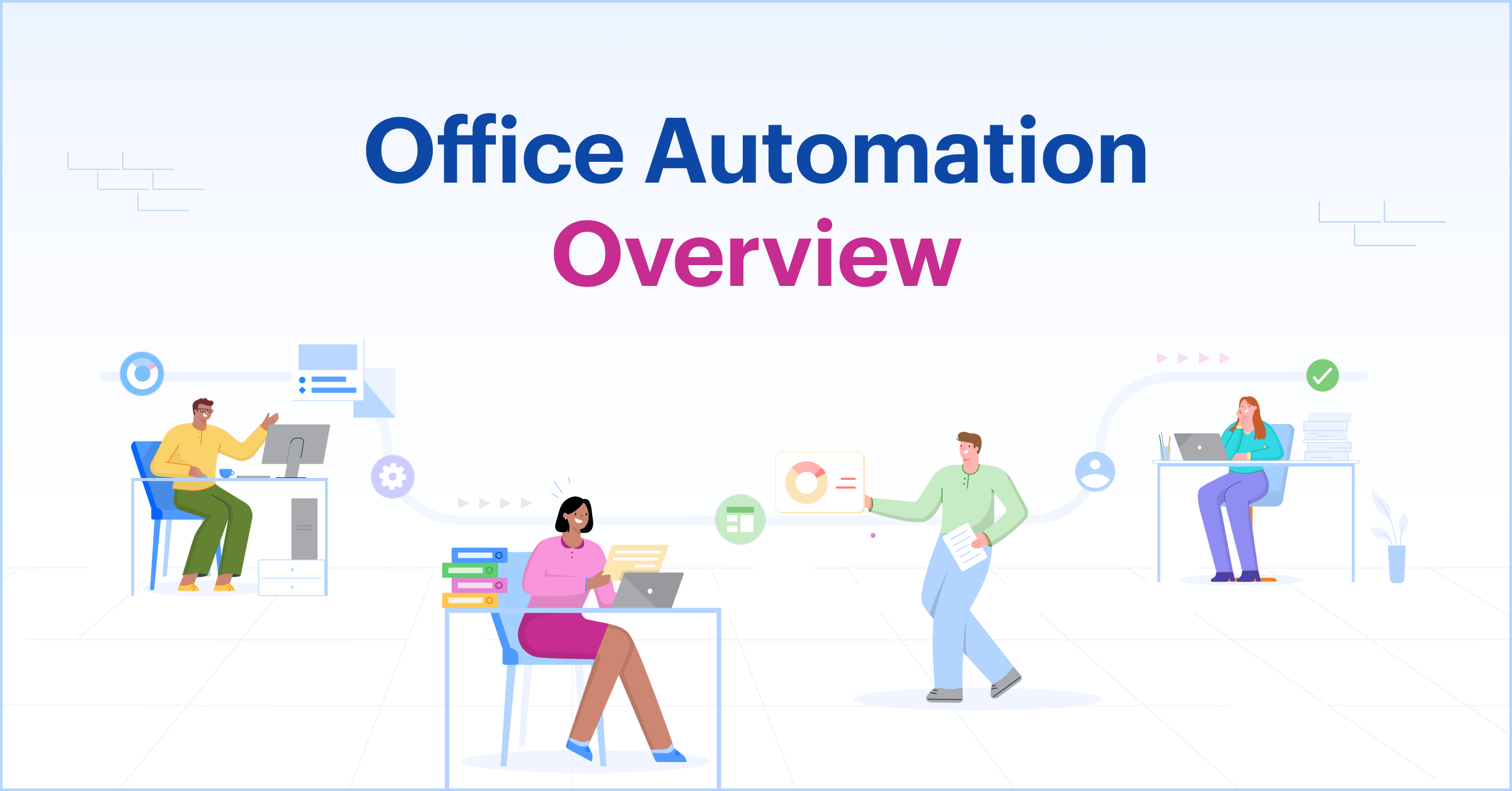As another year passed, the technology marketplace has been tumultuous in terms of adoption, trends, mergers and acquisitions. Large software players have broadened their portfolios and have started to target customers upstream and downstream from their typical customers. For the new year we have compiled a list of top technology trends – mostly for enterprise بهترین نرم افزار اتوماسیون اداری. These trends include ERP, Social business, CRM, BI/EPM/Analytics, Collaboration, Project Failure/Success, Mobile and Security and others are the main areas of focus.
Looking back at the 2013 list of technology trends, most of them have come to pass and are still evolving as adoption continues to grow. Projects continue to fail, spending increases, infrastructures and applications are being remade using the cloud and other IT issues continue to appear and also be resolved.
1. Rise of BI/EPM/Analytic Vendors: This trend has become apparent as many new small start-ups have introduced some type of analytics or BI tool. We have seen very vertical specific solutions to broad all-encompassing software that can be customized by industry. A reason for this trend is that enterprise applications have become easier to integrate and require less technical knowledge to aggregate data out of a system. Organizations are requiring more real-time information, by implementing these systems unlocks the decision-making potential that is stored in the data.
2. Increased Consultant Use: This trend is a 180 from organizations wanting to bring back in-house technical expertise. CIO’s have committed to spending more money on contractors for the upcoming year and software selection is a key component of this spend. Other areas where organizations will spend money in IT and Business alignment are resourcing to support existing projects, project management recovery services have started to push forward as an important area to save failing IT projects to get them back on track. Organizations often do not have the resources or skill sets to properly evaluate enterprise software thereby, more attention will be attributed to lowering project failure. An impartial properly executed software selection greatly lowers the risk of IT failure.
3. ERP’s and Enterprise Software Projects Continue to Fail: Lack of expertise and accountability from both the organization and the vendor lead to failed implementations. There is no clear direction from organizations as to what should be implemented, by whom, what timeframe is acceptable, training, POC, management of scope creep, budgetary overruns, and how problems are resolved should they arise with definitive timelines and accountability. Clear business process definitions are often not revealed by the customer leaving vendors to guess how an organization does business. Organizations should be fully transparent with the vendors they select as they business partners with full two-way communications whereby the vendor can provide a smooth transition after implementation and the organization should also become a reference site for the vendor.
4. Changing IT/Business Selection Criteria: As delivery models continue to change organizations are evaluating different priorities and criteria. Previously organizations have relied too much on features and functions when selecting enterprise software. Many new selection criteria have started to emerge such as: nuances of data, cloud model, portability, scalability, TCO, SLA levels, Vendor lock-in, ROI and agility are areas that more closely scrutinized.
